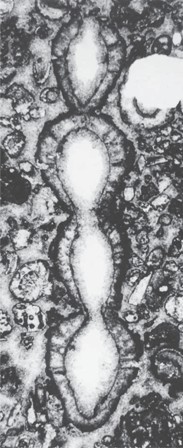Variable sources of beach sands of north Adriatic islands: examples from Rab and Susak
Main Article Content
Abstract
The composition of beach sands from the Islands of Rab and Susak (northern Adriatic) has been studied in order to determine how individual beaches are supplied with detritus. The beaches on both islands are composed of quartz dominated siliciclastic sand, with subordinate carbonate content. Three end-member heavy mineral assemblages have been identified among the studied beach sands, each one associated with a specific source rock: (1) a garnet dominated assemblage and (2) a zircon, rutile and tourmaline dominated assemblage on Rab Island, as well as (3) an assemblage dominated by unstable minerals on Susak Island. Sands from individual beaches contain one of these specific assemblages or display a mixing of two varieties. The end-member assemblages are very comparable with those of Eocene and Pleistocene sediments which crop out on the two islands, identifying them as the principal sources of detritus. Cretaceous and Eocene carbonate rocks, although present to a considerable extent in the study area, has shown to be a negligible source of sandy material. Thus, the supply of detritus to the beaches is primarily controlled by erosion of siliciclastic rocks in the immediate or nearby hinterland.
Article Details
Issue
Section
Original Scientific Papers
Authors have copyright and publishing rights on all published manuscripts.

